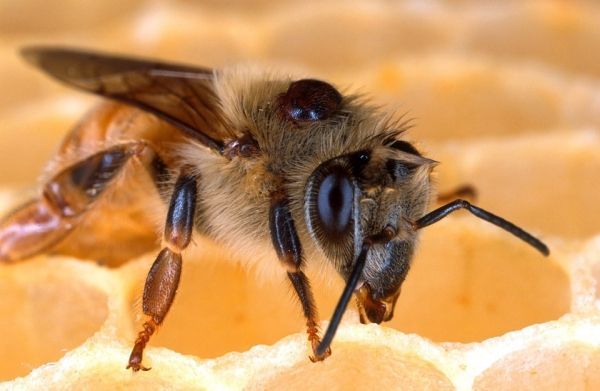The Western honeybee is the most important managed pollinator globally and has recently experienced unsustainably high colony losses in many regions of the world. Synergistic interactions among stressors are believed to be primarily responsible. Despite the clear negative impact of certain neonicotinoids and the ubiquitous ectoparasitic mite Varroa destructor on exposed honeybees, no data existed to show synergistic effects between these two stressors.
Current data that was collected at the University of Bern and Agroscope, in cooperation with the Auburn University (USA) and Chiang Mai University (Thailand), suggest a novel possible previously overlooked mechanism for recent unsustainably high losses of managed honeybee colonies. The results were published in "Scientific Reports", an Open-Access Journal of "Nature". According to the authors, the study underlines the importance of developing sustainable agro-ecosystem management schemes that incorporate reduced used of neonicotinoids and sustainable solutions for V. destructor mites.
A negative combination
Two stressors having a clear negative impact on the health of honeybees are insecticides and the ubiquitous ectoparasitic mite Varroa destructor. These mites originated from Asia, and have switched hosts from Eastern honeybees Apis cerana to Western honeybees Apis mellifera to become the most serious biotic threat to Western honeybees globally. Similarly, there is evidence for negative impact of widely used neonicotinoid insecticides. However, no data existed so far to show synergistic effects between these two stressors.
Read more at University of Bern
Photo Credit: 12019 via Pixabay


